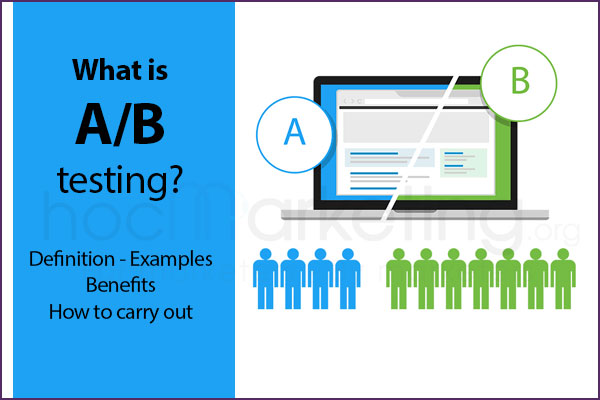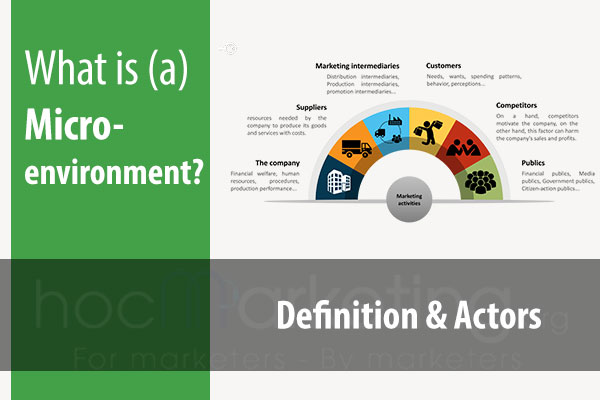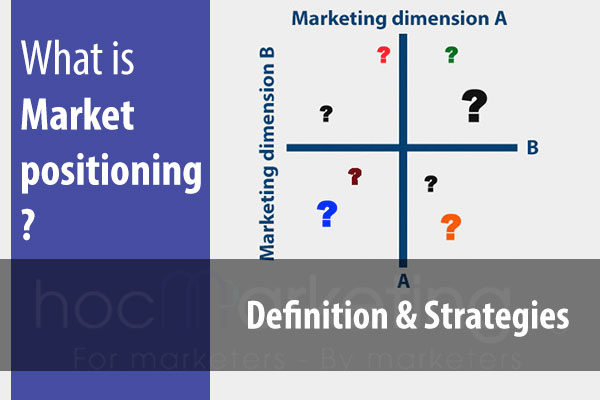
What is A/B testing? How to conduct A/B testing

The A/B testing technique has been around for a while now and is still very popular in the marketing industry. In this blog post, we'll find out what A/B testing is and how to use A/B testing in the Marketing world.
The A/B testing technique has been around for a while now and is still very popular in the marketing industry. In this blog post, we'll find out what A/B testing is and how to use A/B testing in the Marketing world.
What is A/B testing?
A/B testing (also known as split testing) is a method used in marketing to compare two versions of a product or process, to determine which version is more successful. This technique can be applied to any aspect of the company's activities, such as customer service phone calls, emails or website landing pages for instance. The goal is to understand whether the new versions are ranking better than the old ones, in order to meet the company's goals.
For example, a company might want to promote a new product. The company will get two different sets of customers, the first group being given an older version of the website promoting the product and another group is given a newer version of the website promoting that same product. By gathering data on which test group had higher conversion rates, we are able to find out which approach was more effective and which one should be applied to all subsequent promotions of the product. Implementing this technique will help companies optimize their resources, by focusing on what actually works best, reducing marketing costs and gaining a valuable insight into customer behavior.
Short history of A/B testing
The A/B testing technique was developed by an engineer called Henry Ford in 1924. At that time, the idea was to test different car components like tires and which axle ratio was better for a street racing car.
Testing of multiple software code changes has been going on since the 1950s at IBM. In 1997, Amazon implemented A/B testing to compare how well different marketing strategies were working.
Nowadays, A/B testing is widely used in the whole internet industry and it is an important part of a companies online marketing strategy.
In the future, even though new technology and automated systems are probably going to completely replace it in the next few years, A/B testing still has an irreplaceable value.
Benefits of A/B testing in Marketing
A/B testing is a powerful technique, especially in the field of marketing. The main benefits are:
A/B testing helps the company to find out the better version of a markeitng offering.
By using A/B testing, the company will be able to compare different approaches and find out which one is the most effective for the product. For example, when you have two versions of an email marketing campaign and want to find out which one performs better.
A/B testing helps to reduce costs
A/B testing can reduce marketing costs by showing what works and what doesn't. By using this technique, companies can optimize their resources and avoid spending money on strategies that don't work.
A/B testing is a great way to discover your customers' behavior
A/B testing gives deep insights into the customer's behavior and shows you how they interact with different marketing messages or products. For example, if you are testing two different landing pages and you see that one version had a higher conversion rate, then you must make an in-depth analysis of the reasons for this difference. Maybe that variant performed better because it was easier to read or because it contained information about some additional product? These insights can help marketers find new strategies to increase sales and promote long-term loyalty.
Some companies has successfully used A/B testing in Marketing
Here are some examples of companies using A/B testing to increase their online sales:
1. Dropbox - they were able to double the number of customers after a simple change of the color on their signup page
2. Netflix - tested different previews for a movie called Iron Man 2 on each platform (for example, Xbox or PS3)
3. LinkedIn - tested different versions of their homepage and were able to increase their number of ads click by 44%
4. Intuit - after testing different home page layouts (with a larger picture at the top and more copy on the left), they increased revenue per visitor by 20-40%
5. WiderFunnel - increased the online sales of a company by 56%
6. Google - A/B testing is one of their key processes for websites and they use it to test their search results pages
7. Amazon - optimizing their conversion rates is a crucial part of their business, so they always focus on A/B testing
8. Facebook - they are always trying to optimize their ads and A/B testing allows them to find out the best performing version of a promotion
9. Twitter - they use this method to test different parts of their sign-up page
10. LinkedIn - they increased sales by 30% using simplified marketing messages on their social media page.
How to conduct A/B testing
Businesses can conduct A/B testing by following these steps:
Step 1. Identify the goal of testing.
To conduct A/B testing, first you need to determine your goals - if you want to create a new product or find the best way of promoting it. Then you have to make sure that each version has everything needed for an effective marketing activity. You will also need some tools - like Google Analytics and Optimizely - to track how the new product is doing and compare it with other variants.
Step 2. Pick a variable to test.
Next, you need to select the variable that you will be testing. To pick the right one, study your customers and think about what can help them interact with your product more effectively. It is a good idea to conduct A/B testing before a new marketing activity because it allows you to make sure that everything in it is working efficiently and it will give you valuable insights into the behavior of your customers.
Step 3. Create 2 different versions of marketing offering based on the defined variable.
Based on the variable picked in the previous step, create two different versions of your marketing offering. For example, if you want to test how prospects respond to a new product, then version A will be the old one and version B will include all the changes that are needed for successful promotion.
Step 4. Define where, when and how the test will be carried out.
The next step is to decide the place, the time and the tools needed to carry out the test. It is a good idea to split the test into different parts and only focus on one part at a time. For example, you can start testing how prospects react to your new product by sending it to out to 10% of your email list. Then you need to make an in-depth analysis of their behavior and define if this product will be beneficial for your business. Once you find the answer, repeat the test with another 10% of customer base and compare the results to check if they are consistent or not.
Step 5. Determine the sample size.
After knowing where, when and how the test will be carried out, you need to determine the sample size. To do this, you need to first decide what is the acceptable level of statistical confidence and how many conversions you want to achieve. For example, a conversion rate of 90% with no more than a 5% error margin means that you will need to collect 1,000 completed responses for each variation. Then compare your findings and choose which version performed better.
Step 6. Run the test.
Once you have all the required tools, you are ready to run the test. Make sure that your testers do not know which version is better while they are testing it and only reveal this information after collecting the data. This will allow them to take unbiased decisions during the test without being influenced by other factors.
Step 7. Analyze the results.
After running the test, you will have a large amount of data to analyze. Start by creating two charts - one for each version. On these graphs, specify the number of positive and negative responses for each version so that you can compare them based on this information. Then calculate your confidence level and mention it on the chart. If there is a large difference between the numbers for each version, then you can be sure that one of them performed much better than the other.
Step 8. Pick a winner and repeat the test to ensure consistency.
Once you pick a winner based on all collected data, make sure to define how many conversions are needed in order to reach statistical significance. Then repeat the test for the same product with different testers or repeat it with another variable to improve your results even more.
Step 9. Take actions.
Based on the winner picked in the previous step, take actions and implement all changes to your marketing strategy. The new version will become a part of your standard sales process after you won the right to call it a successful A/B testing campaign because it proved itself as more efficient than the old one.
Conclusion
A/B Testing is a valuable approach to determining which marketing strategies are most effective for your business. It allows you to keep your marketing efforts up-to-date by constantly changing their elements in order to maximize customer conversions. In addition, A/B Testing is easy to learn and can be easily applied by all types of businesses both small and large.
Thank you for reading my article!














